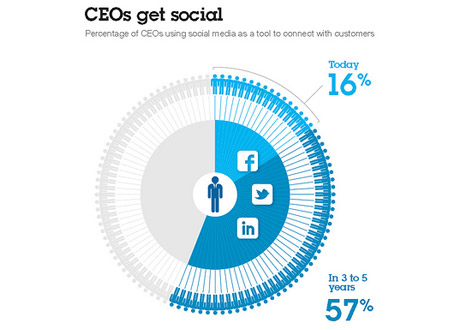Quantum Computing, Zen Philosophy and Space-Time
The up-and-coming field of quantum computing, currently in a prototype phase, will probably be an innovation with exponential and wide-ranging impacts in the power and speed of information technology. There are some interesting parallels between the behavior of quantum computing particles, or qubits, and basic principles of Zen Buddhist philosophy. Like modern physics, this article employs a “space-time” concept of innovation, with implications for the process and intensity of new idea development within organizations.



